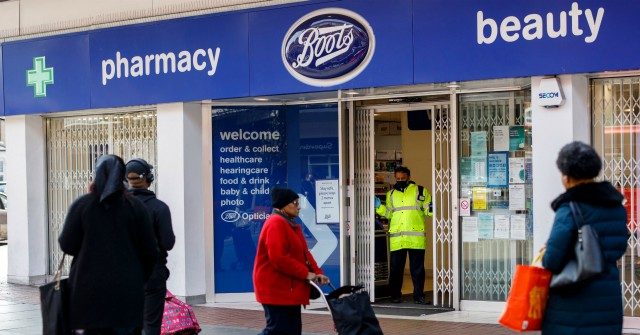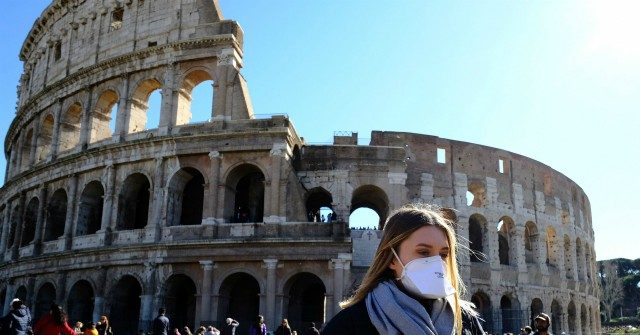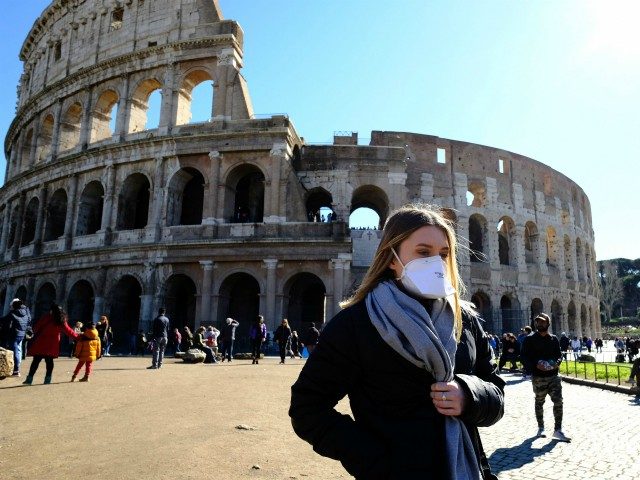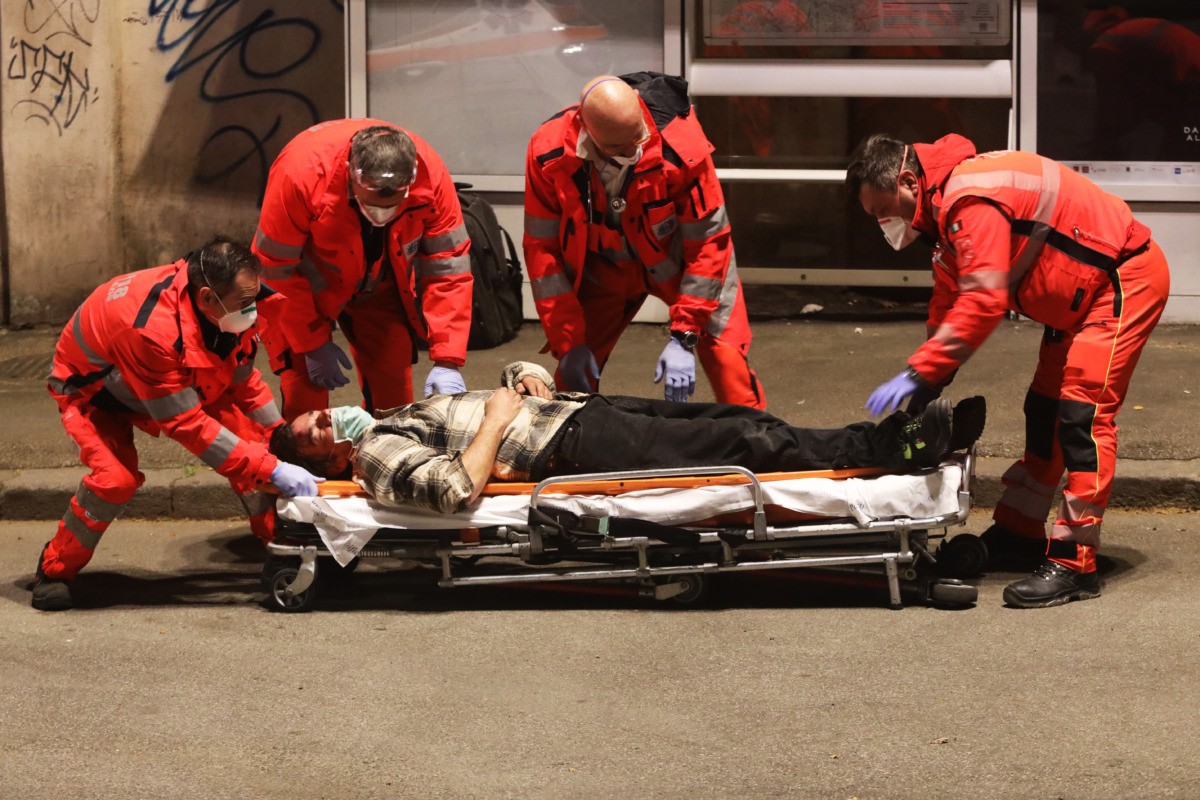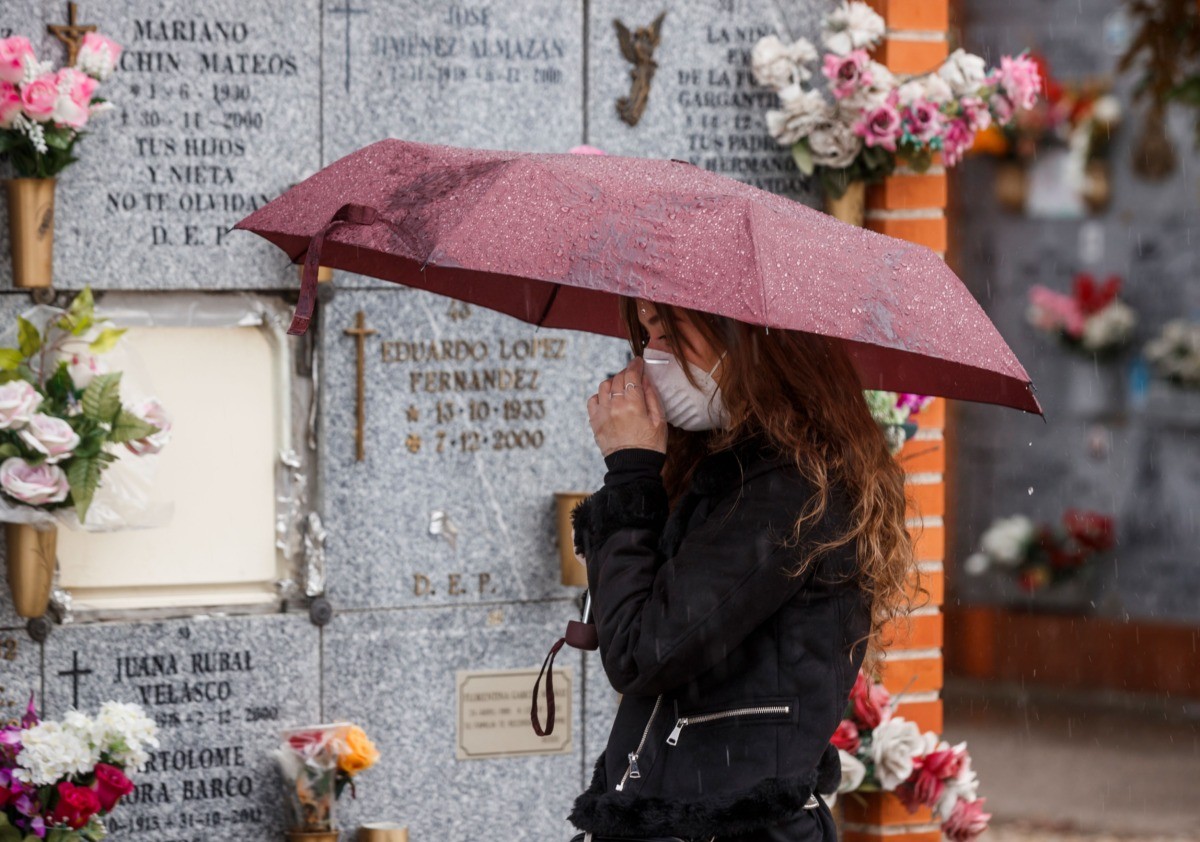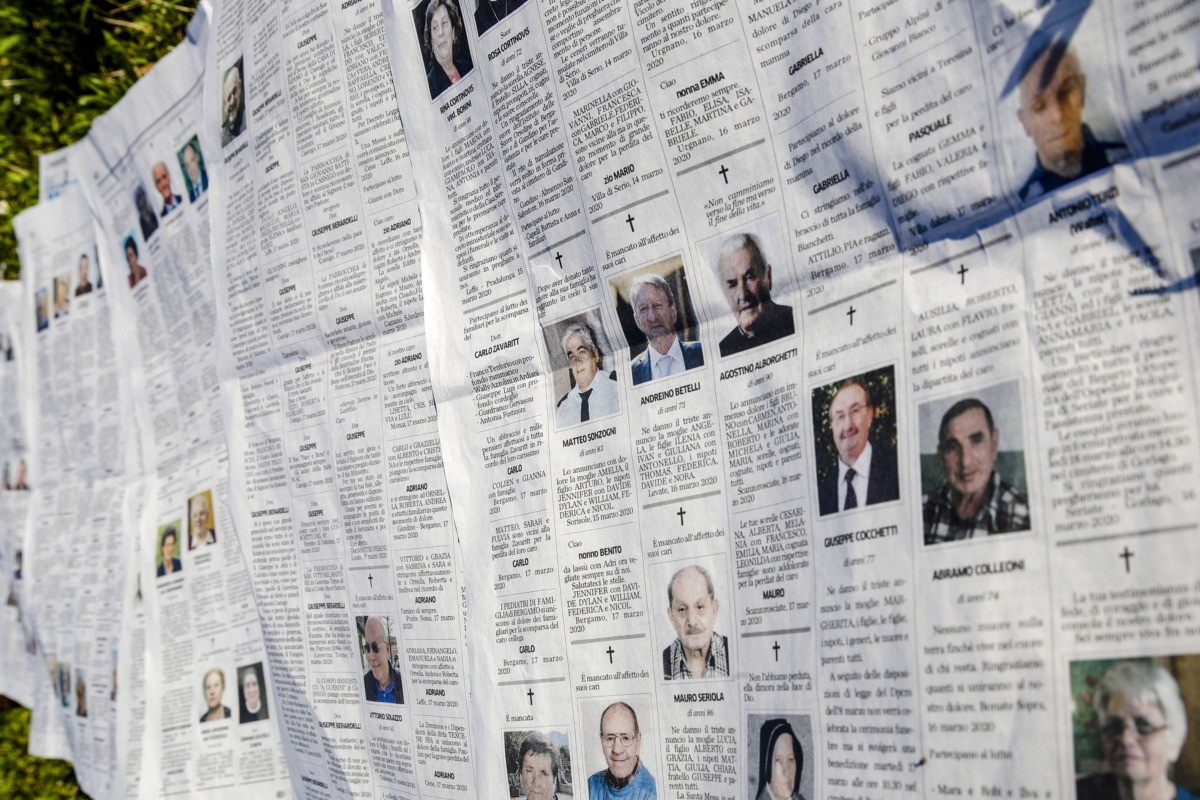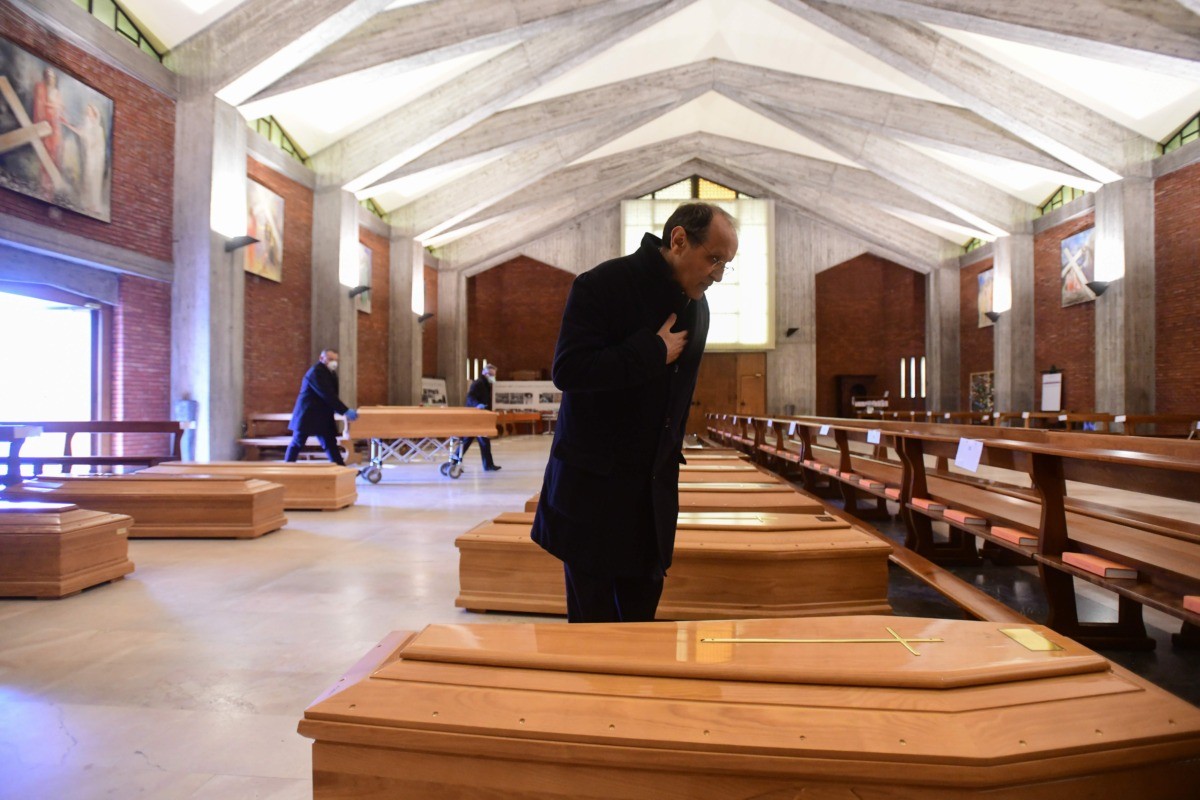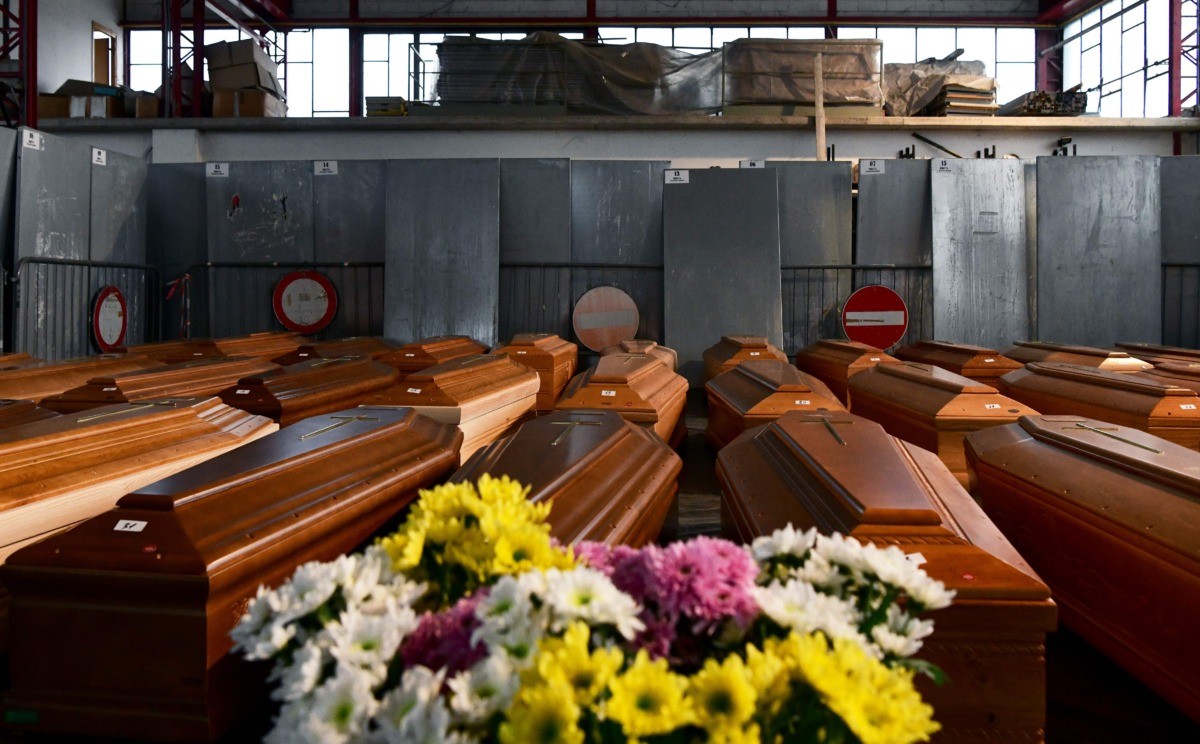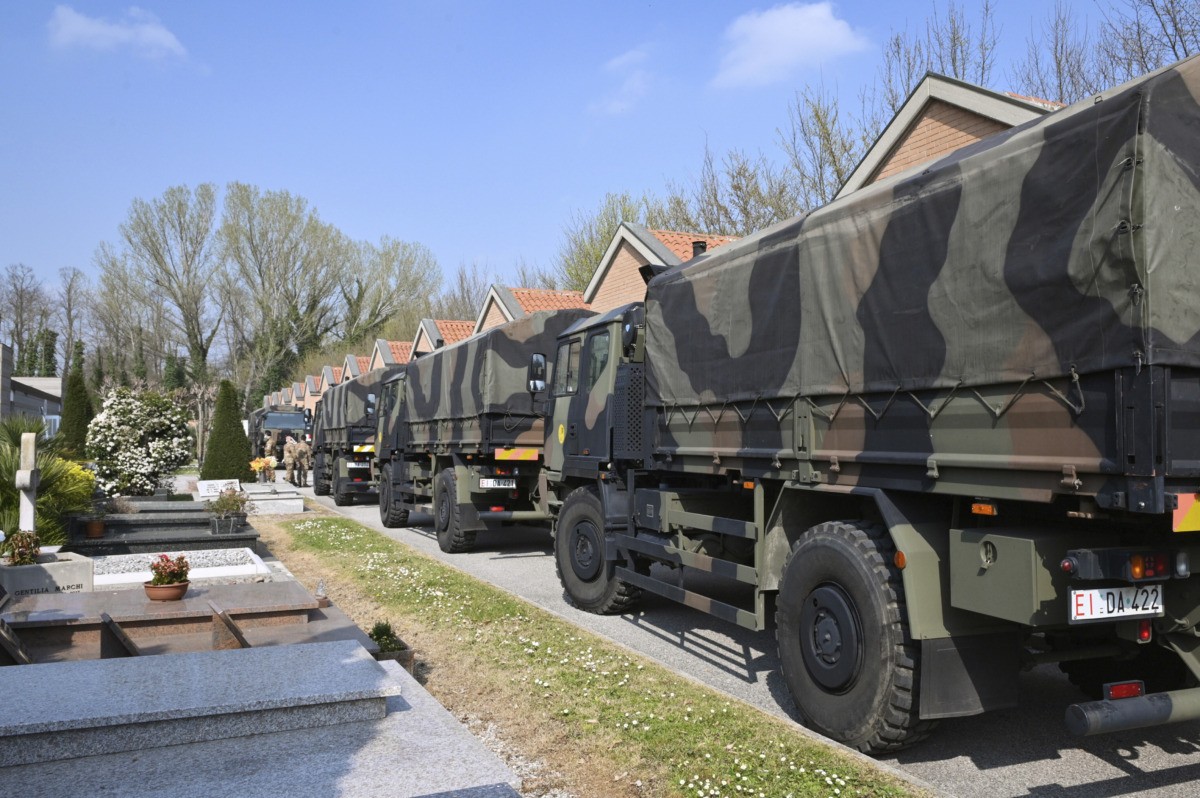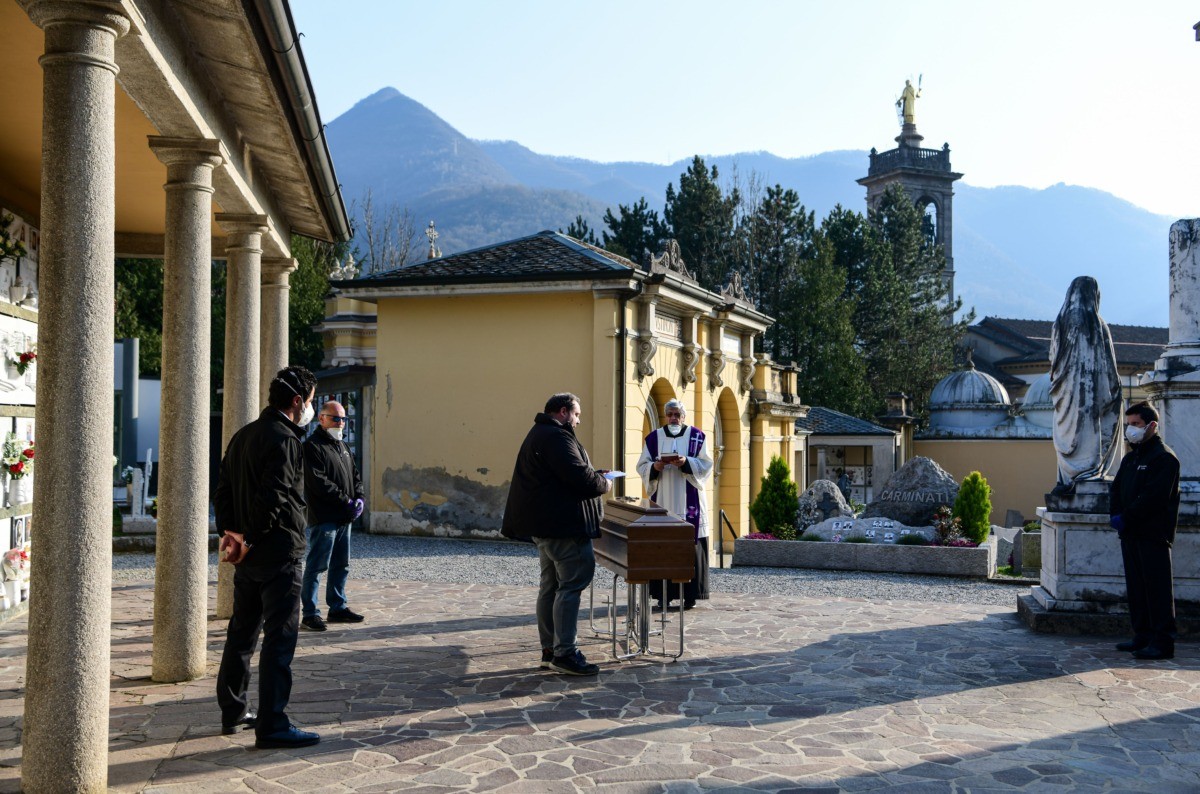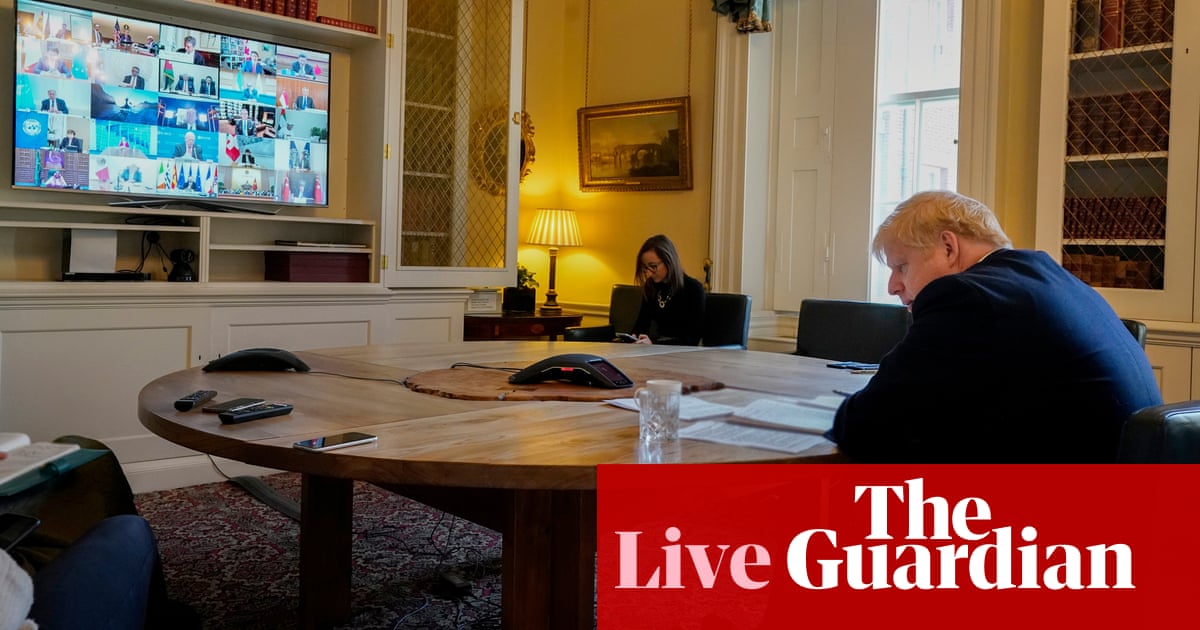marsh
On TB every waking moment
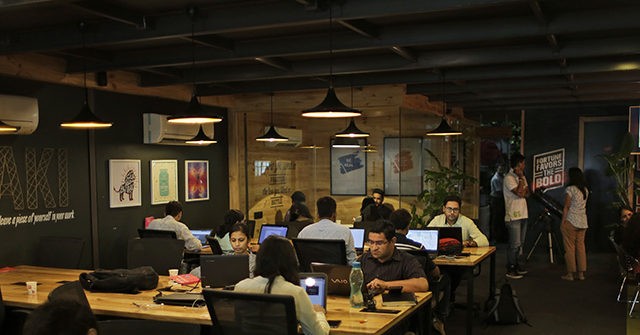
India's H-1B Companies Ask Labor Dept. to Let Foreign Workers Stay amid Crash
The NASSCOM business lobby is asking the Labor Department to help keep its huge workforce of Indian H-1B temporary workers in American jobs.
www.breitbart.com
422
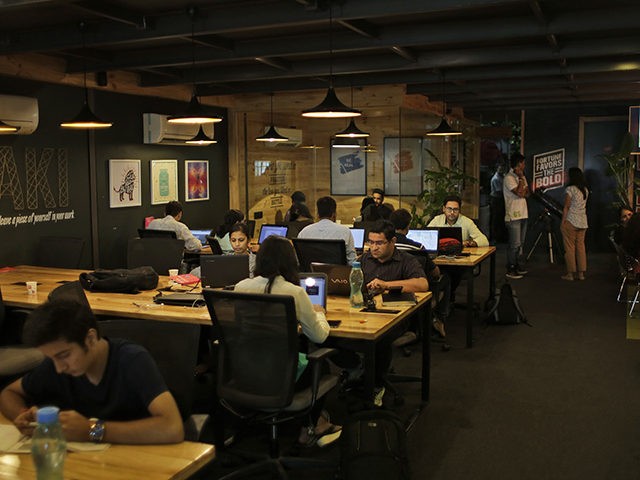
The India-based NASSCOM business lobby is asking the Department of Labor to help the lobby keep its huge workforce of Indian H-1B temporary workers in American jobs throughout the coronavirus crash, according to a report in the Times of India newspaper.
“Everyone that has been involved in the H1-B program … has skirted the rules to stay in the United States,” said one lobbyist. “These companies do not want to have to fire these [H-1B] workers and send them back home — they want to hold them here” so they can grab jobs in the recovery, he said.
Labor Department officials declined to provide any information about the NASSCOM lobbying and declined to say if the agency would help businesses change the paperwork that allows fired H-1Bs to stay in the United States. The Indian report did not say if the NASSCOM lobbyists met with Labor Secretary Eugene Scalia.
If the administration moves forward in relaxing regulations governing the H-1B program amid spiking unemployment, “get ready for the pitchforks,” said Kevin Lynn, founder of the U.S. Tech Workers group that opposes the H-1B program. “When people have nothing left to lose, they will lose it — and they will direct it at the elites.” He continued:
The NASSCOM business association asked Labor Secretary Scalia to allow their imported H-1B visa workers to work at home during the coronavirus epidemic, said the Times of India.On March 27, a friend of mine was fired after giving an hour of “knowledge transfer” to her [H-1B] replacement who came from overseas. Now she’s unemployed at a time when ten million other Americans have filed for unemployment. She doesn’t get to participate in the American Dream. Instead of being a member of the middle class, she’s a member of the financially impoverished class. And in America, to be without a job means you’re out of the pecking order, you’re on the low run, and in American today, that could be years, if not decades. The pitchforks are coming out because people are nine meals away from revolution.
The request seems like a minor accommodation in the coronavirus epidemic. But it is political dynamite because any concessions will help the U.S. and Indian companies keep blocs of laid-off H1-B workers in the United States so they can take many good jobs when the nation climbs out of the coronavirus hole.
There is much evidence that President Trump recognizes the sensitivities of this issue. On April 2, his deputies reversed a plan to import more H-2B blue-collar workers in the crisis. The sudden reversal came after an April 1 press conference where Trump dodged two questions about white-collar visa workers.
NASSCOM’s request to change the H-1B process creates extra problems for politicians.
The H-1B is the largest of the many visa programs — OPT, H4EAD, L-1, TN, CPT, E-3, B-1, — which keep roughly one million Indian contract workers, plus more than 200,000 migrants from China and other countries, in a wide variety of white-collar jobs throughout the United States. Few of the H-1Bs are more skilled than American graduates, and most are rated as “Entry-Level” or “Qualified” workers in the H-1B process.
Roughly 100,000 new H-1B workers arrive each year. These contract workers have to go home after six years unless their U.S. employer nominates them for a green card.
CEOs like to tout payroll savings when they announce H-1B contracts to Wall Street stick-pickers. But the short-term savings are typically wiped out by lower productivity, lower innovation, higher training costs, and massive featherbedding among Indian contractors, say Americans who have helped import H1-B workers. CEOs ignore those long-term costs because they are principally trying to jack up stock values, said one person in an office which tracked the costs of H-1B workers.
But managers and human resources (HR) staff also like to import blocs of H-1Bs because they are too complacent to bother recruiting and managing independent and innovative American professionals, said other U.S. managers and tech workers. NASSCOM’s H-1Bs workers are an easy temptation for the MBAs who prefer to spend more weekend time on their boats, he said.
There are at least four sides to the huge H-1B program, which is used by U.S. CEOs to keep about 900,000 foreign graduates in the jobs needed by the sons and daughters of America’s class of college graduates.DoJ/EEOC do nothing as US & Indian execs trade US jobs to Indian #H1B workers, cutting Americans out of careers, homes & families.
This trade choked innovation in Silicon-V, slammed insurance & banking. #SenMikeLee & #S386 will expand it to healthcare Lawsuit: Managers Violated Americans' Civil Rights by Hiring H-1B Workers
— Neil Munro (@NeilMunroDC) March 9, 2020
On the first side, major U.S. companies — including the companies’ Indian and Chinese managers — hire many, many H-1B workers. These companies include Microsoft, Google, Intel, Cisco, Facebook, Amazon, Citibank, JPMorgan Chase, Goldman Sachs, and various banks. These elite companies tend to pay their H-1B workers well and to hire the H-1Bs from U.S. universities via the little-known “Occupational Practical Training” program. In fact, many American technology grads say Indian hiring managers prefer to fill their offices with Indians, not Americans.
Secondly, a large number of U.S. firms import H-1Bs to provide services to other companies. These U.S. staffing firms include Ernst & Young, PWC, and Deloitte.
Third, the India-based U.S. and Indian firms in NASSCOM use the H-1B program to operate a vast ecosystem of large, small, and very small staffing companies that keep hundreds of thousands of H-1Bs in gig-worker contract jobs throughout the United States. These NASSCOM H-1Bs are usually used as gig workers to quickly grab and keep large and small software contracts from Fortune 500 companies in the insurance, banking, manufacturing, software, and other sectors. For example, Genpact is part of NASSCOM, but it was created by U.S. investors to bring Indian labor into U.S. workplaces, including Walmart finance centers.
Lastly, many U.S. companies each import small numbers of H-1Bs to avoid hiring young American graduates. These employers include architecture, dental, design, media, therapy, and even fashion firms.
All of these companies get their H-1B workers by first declaring they are needed at particular work sites. The declarations were made in the Labor Condition Application (LCA) documents that are rubber-stamped by the Labor Department under laws that forbid anything more than cursory checks.Govt data shows 1 million Indian contract-workers get white-collar jobs in tech, banking, health etc.
The Indian hiring ignores many EEOC laws & is expanding amid gov't & media silence.
It is a huge economic & career loss for US college grads.#S368 #H1B CEOs Keep 1 Million Indian Graduates in U.S. Jobs, Legally
— Neil Munro (@NeilMunroDC) February 17, 2020
So any close review of the LCAs will expose massive fraud by India-based companies, said one former manager at an Indian-run company.
For example, if an American company signs a contract for an Indian company to supply four workers for a three-year project, the Indian company will submit an LCA to the Labor Department declaring that 104 H-1Bs are needed at the American company, he said.
The next year, the company uses the inflated LCA to ask the Department of Homeland Security (DHS) for 100 extra H-1Bs. A few months later, it gets about 40 H-1Bs from DHS. Those 40 H-1Bs are kept in India until the Indian company wins other software management contracts, he said. “They build up their inventory [of H-1Bs], and once the [H-1B] person is in the country, they can move them around the country. They have a mobile workforce that lives in apartments to undercut American companies that have to have an employee from one site to another. ”
This predatory strategy has wrecked the labor market for American software professionals, just as China’s hidden subsidies help Chinese manufacturing companies to push American factory workers out of jobs, he said.
The Indian companies are so contemptuous of the LCA process that they hire Indian workers for $4 an hour to fill masses of fake LCA documents, he added.
But the LCA process is the political foundation of the H-1B program — because it allows the companies and the media to pretend that the government agrees that no Americans are available to take the H-1B jobs.
Despite its importance, the LCA process is very inflexible. “Our H-1B system simply does not contemplate this [mass shutdown] scenario that is happening right now,” immigration lawyer Charles Kuck told Breitbart News.
The LCAs do not give employers the needed flexibility to flip their H-1Bs between working at Fortune 500 offices to their home offices. This means the NASSCOM companies may end up violating their LCAs when their Fortune 500 clients down their offices detailed in the LCAs because of the coronavirus.
“In order to ‘work from home’ a new H-1B would have to be filed with a new employer,” Kuck said. “There is no way around this. AND, if their ‘home’ is not in the same MSA as their H-1B, they would also need a new LCA, and thus a new filing of an amended H-1B if the employee remains with the employer.”
“If an employee works from a home which is within commuting distance of the workplace, then there is no need to file an amendment,” sais a post by Cyrus Mehta, a very pro-migration immigration lawyer. But, he added, “if an employee works from a home which is NOT within commuting distance from the workplace, the employer should obtain a new LCA for that location and file an H-1B amendment,” Mehta said.
The phrase “a new LCA for that location and file an H-1B amendment” means that the NASSCOM companies to file new applications at both the Department of Labor and the Department of Homeland Security.
The Labor Department has suggested it will relax the process.
A March 20 statement by the Labor Department says employers can move their workers home, providing they post a notice in the original workplace within 30 days:
Because OFLC [Office of Foreign Labor Certification at the Labor Department] acknowledges employers affected by the COVID-19 pandemic may experience various service disruptions, the notice will be considered timely when placed as soon as practical and no later than 30 calendar days after the worker begins work at the new work site locations. [Emphasis added]
But that apparent concession may be far too little for NASSCOM because the 20 CFR 655.735 rule says that the H-1Bs must be fired if they are kept at the alternative address for more than 60 days:Employers with an approved LCA may also move H-1B workers to unintended worksite locations outside of the area(s) of intended employment on the LCA using the short-term placement provisions. As required for all short-term placements, the employer’s placement must meet the requirements of 20 CFR 655.735.
The Labor Department and DHS declined to answer questions from Breitbart News. But a department official provided this answer:(2) Immediately terminate the placement of any H-1B nonimmigrant(s) who reaches the workday limit in an area of employment. No worker may exceed the workday limit within the one-year period specified in paragraph (d) of this section.
Part 1 of 2The Wage and Hour Division’s (WHD) enforcement of the labor provisions of the H-visa programs continues, and reflects our commitment to safeguard American jobs, level the playing field for law-abiding employers, and protect guest workers from being paid less than they are legally owed or otherwise working under substandard conditions. Workers or employers who have questions, or would like to file complaints with the Division should call 1-866-487-9243 or visit https://www.dol.gov/whd/. They will be directed to the nearest WHD office for assistance.

